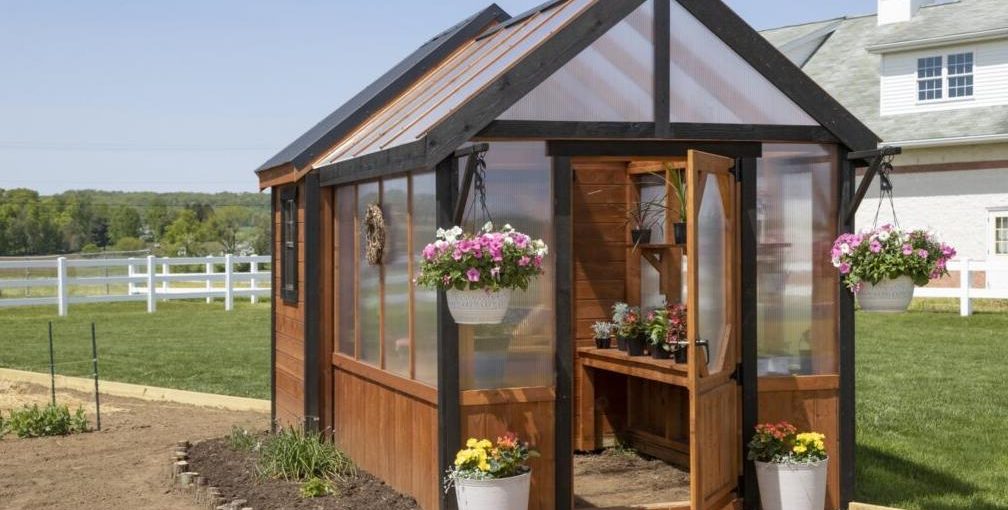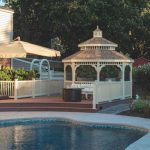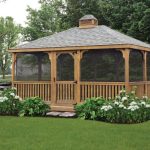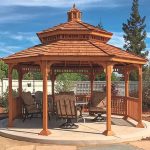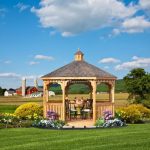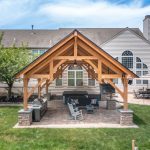Building a greenhouse kit can be an exciting project that transforms your garden into a vibrant space for growing plants year-round. However, it’s essential to approach this project with careful planning and awareness of potential pitfalls. At Atlantic Outdoors, we understand the importance of getting it right the first time, so we’ve compiled a list of common mistakes to avoid when building your greenhouse kits.
Choosing the Wrong Location
Ignoring Sunlight Requirements
One of the most critical aspects of greenhouse construction is the location. Many new greenhouse builders overlook the importance of sunlight. Plants require adequate sunlight for photosynthesis, which means your greenhouse should be situated where it can receive at least 6-8 hours of direct sunlight daily.
Not Considering Wind Exposure
In addition to sunlight, consider the wind exposure when selecting your greenhouse location. Strong winds can damage your structure and create unfavorable growing conditions. Positioning your greenhouse near natural windbreaks, like trees or fences, can help protect your plants.
Skipping the Foundation
Underestimating Ground Preparation
A common mistake we see is skipping the foundation or not adequately preparing the ground. A solid foundation prevents water pooling, which can lead to rot and structural damage. Make sure to level the ground, remove debris, and consider using gravel for better drainage.
Forgetting Drainage Solutions
Effective drainage is essential for the longevity of your greenhouse. Neglecting drainage solutions can lead to water accumulation, causing roots to rot and plants to suffer. Ensure that the foundation allows for proper water runoff to keep your greenhouse environment healthy.
Incorrect Assembly of the Kit
Misreading Instructions
Every greenhouse kit comes with a set of assembly instructions. Mistakes often occur when builders rush through or misinterpret these guidelines. Take your time to read through them thoroughly before beginning assembly.
Skipping Necessary Tools
Another common error is not having the right tools on hand. Using the wrong tools can lead to poor assembly and structural issues. Ensure you have all the necessary tools, such as screwdrivers, wrenches, and levels, ready for your project.
Overlooking Ventilation Needs
Ignoring Airflow
Proper ventilation is crucial for maintaining the ideal growing conditions inside your greenhouse. Without adequate airflow, humidity levels can rise, leading to mold and mildew. Consider incorporating vents and fans to promote air circulation and keep the temperature stable.
Failing to Monitor Temperature
Temperature control is vital for plant growth. Many builders overlook the need for thermometers and hygrometers to monitor conditions inside the greenhouse. By regularly checking these readings, you can make necessary adjustments to maintain a healthy environment for your plants.
Underestimating the Importance of Lighting
Relying Solely on Natural Light
While natural sunlight is beneficial, many plants may require additional lighting, especially during shorter days. Underestimating the need for supplemental lighting can hinder plant growth. Invest in growing lights to ensure your plants receive the necessary light, particularly during winter months.
Not Considering Light Placement
In addition to having adequate lighting, consider the placement of your lights. Improperly positioned lights can lead to uneven growth. Ensure that lights are installed at the right height and angle to maximize their effectiveness.
Neglecting to Plan for Future Growth
Ignoring Expansion Opportunities
As your gardening skills develop, so too will your plant collection. Many builders make the mistake of creating a greenhouse that meets only their current needs. Plan for potential expansion by leaving room for additional shelving, planting areas, or even a larger greenhouse down the line.
Forgetting Accessibility
Accessibility is an often-overlooked aspect of greenhouse design. Ensure that you have enough space to move comfortably around your plants and tools. This not only makes your greenhouse more functional but also enhances your overall gardening experience.
Skimping on Quality Materials
Choosing Inexpensive Options
While it may be tempting to cut costs by opting for cheaper materials, this can lead to significant issues down the line. Quality materials ensure durability and long-term effectiveness. Invest in high-quality greenhouse kits from trusted brands like Atlantic Outdoors to ensure a successful gardening venture.
Neglecting Insulation
In colder climates, proper insulation is essential for maintaining a comfortable environment for your plants. Failing to insulate your greenhouse can lead to extreme temperature fluctuations, which can harm your plants. Consider materials that offer insulation benefits, especially if you plan to grow during the colder months.
Ignoring Local Regulations
Not Checking Zoning Laws
Before you start building your greenhouse, it’s vital to check local zoning laws and regulations. Many areas have specific guidelines regarding the construction of outdoor structures. Ignoring these regulations can lead to fines or even the dismantling of your greenhouse.
Failing to Obtain Necessary Permits
In some cases, you may need a permit to build your greenhouse. Skipping this step can result in significant setbacks during your project. Always check with your local authorities to ensure compliance and avoid complications.
Not Seeking Help When Needed
Hesitating to Ask for Advice
Many first-time builders hesitate to ask for help or advice, which can lead to mistakes. Don’t be afraid to reach out to experienced gardeners or professionals for tips and insights. Their knowledge can save you time, effort, and resources.
Overlooking Professional Installation
If you’re unsure about your ability to build the greenhouse yourself, consider hiring professionals. A professional installation can ensure that your greenhouse is built correctly and efficiently. This investment can pay off in the long run, leading to better results for your gardening endeavors.
Maximizing Your Greenhouse Experience
At Atlantic Outdoors, we’re passionate about helping you create the perfect greenhouse for your gardening needs. By avoiding these common mistakes, you can ensure a successful and enjoyable greenhouse experience. Whether you’re starting with a small herb garden or planning to grow a variety of plants, the right preparation and mindset are essential.
Ready to Get Started?
If you’re looking for high-quality greenhouse kits, visit our website at Atlantic Outdoors and explore our wide range of options. Let’s elevate your outdoor space together!
FAQs:
1. How can I heat my greenhouse for free in winter?
You can heat your greenhouse for free using passive solar methods, such as:
- Thermal Mass: Store heat by placing barrels of water or bricks inside the greenhouse to absorb sunlight during the day and release warmth at night.
- Compost Pile: A composting system inside or near the greenhouse can generate heat.
- Insulation: Use bubble wrap or row covers to trap warmth.
- Cold Frames & Cloches: Protect plants with additional layers of plastic or glass inside the greenhouse.
2. Will bubble wrap insulate a greenhouse?
Yes, bubble wrap is an effective and inexpensive way to insulate a greenhouse. The air pockets in bubble wrap help retain heat while still allowing light to pass through. Attach it to the inner walls and roof to reduce heat loss during winter.
3. What not to put in a greenhouse?
Avoid placing the following in your greenhouse:
- Non-Hardy Plants: Some delicate plants may not survive extreme greenhouse temperatures.
- Certain Pests or Contaminated Soil: Avoid bringing in pests, diseased plants, or untreated compost.
- Toxic Chemicals: Herbicides and pesticides can become concentrated in an enclosed space.
- Metal Containers: These can overheat and damage plant roots.
4. Does a greenhouse need full sun?
Yes, most greenhouses perform best with at least 6-8 hours of direct sunlight daily. However, in extremely hot climates, partial shading may be needed to prevent overheating.
5. What is the best color for a greenhouse?
The best color for a greenhouse is clear or translucent to allow maximum sunlight penetration. If you need some shading, green or white shading paints or nets can help diffuse light and prevent overheating.

